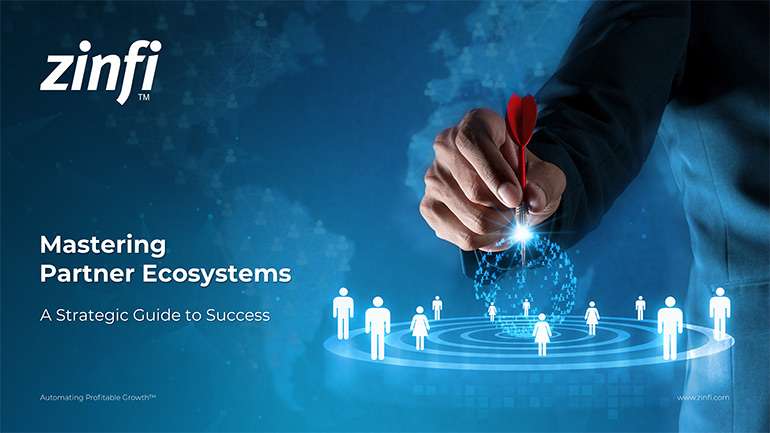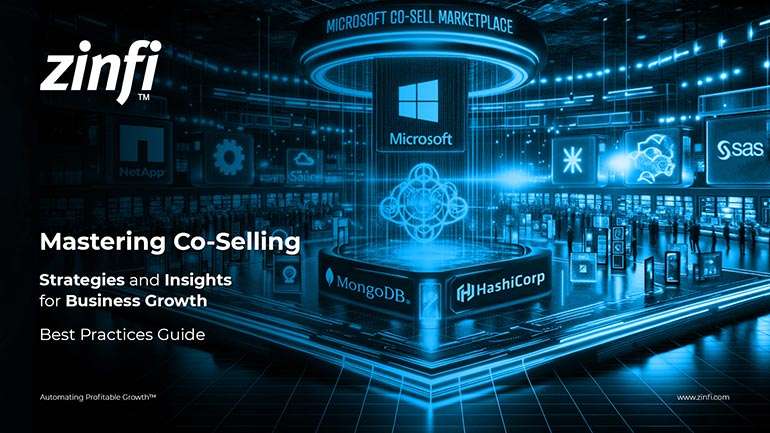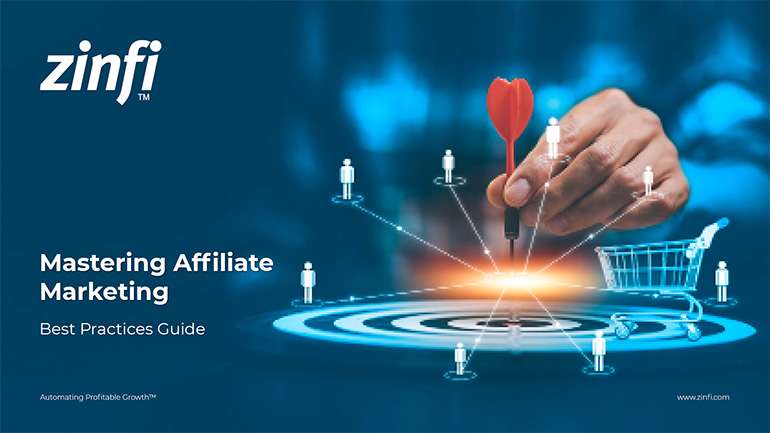Best Practices Articles

How to Make Your Channel Marketing Software Work for You
OK, now that you’ve gone through the arduous process of evaluating channel marketing software solutions and have made a selection, how do you ensure that you successfully engage your partner base, stimulate productive activity in the channel and generate a decent return on your investment?
To begin to answer that question, let’s take a moment to think about how other kinds of applications that are typically used in a business environment. For instance, it’s highly likely that your finance department uses financial management software. Similarly, most enterprise or mid-market sales departments use some type of customer relationship management (CRM) software. They do so because it makes the automation of processes in those departments clearly makes their work more efficient. With these and other business applications, the most important success factor is almost always alignment of clearly defined processes and well-trained professionals. Whatever the business function, successful automation will always require that basic processes are spelled out in detail, and that the people carrying them out fully understand those processes and their role in fulfilling them. The same basic principle is also true for channel marketing software.
With that said, the first thing you need to do before you begin rollout of your channel marketing software system is decide which core programs to begin with. It’s impractical and inadvisable to attempt to roll out every program at once. You need to prioritize. Typically, organizations will begin deployment with a few core areas of functionality like partner recruitment, partner onboarding, partner training and demand generation. The actual choices you make will depend on your organization. The important point to remember is that you are unlikely to succeed if you don’t have mature, clearly defined programs in place before you begin to roll them out.
The next thing you need to do is to ensure alignment among the different departments within your organization that are involved in your channel activities. Unlike other teams, channel organizations are almost always cross-functional, and they typically involve people from marketing, sales, operations and other departments. It’s absolutely crucial as you plan to roll out your channel marketing software application that you have proactive discussions with all key stakeholders before deployment begins. Together, your cross-functional team will need to agree on the processes that define each program and the associated roles and responsibilities, and ensure that every stakeholder is on board.
The last step before you begin to roll out programs to your partner base is to provide training to the cross-functional team that will be using your channel marketing software. People tend to resist training, and some organizations fail to follow through on this key requirement. Don’t fall into that trap. To use your channel marketing software solution effectively and drive partner engagement, your team members need to be familiar with all of the basic functions of the application, including log-on, navigation and searching, the full range of offered activities, and the steps required to complete those activities. If your channel marketing software is well-designed and user-friendly, training shouldn’t be a big barrier. If it is mobile-friendly (it should be!), make sure team members train on the kinds of devices they will be using most often.
Even the best channel marketing software solutions require careful planning so that team members all understand their roles, responsibilities and relevant workflows. If you get that part down, and if you select a state-of-the-art solution, increasing partner engagement in your channel programs and driving significant ROI shouldn’t be a problem.
Best Practices Guidebook
 Winning with Partner Advisory Councils: Best Practices for Partner Engagement & Growth
Winning with Partner Advisory Councils: Best Practices for Partner Engagement & GrowthDownload Guide
 The Future of Partner Ecosystems Best Practices
The Future of Partner Ecosystems Best PracticesDownload Guide
 The AI Revolution: How Technology and Talent are Shaping the Future
The AI Revolution: How Technology and Talent are Shaping the FutureDownload Guide
 Top 105 Partner Management Metrics that Matter Best Practices
Top 105 Partner Management Metrics that Matter Best PracticesDownload Guide
 Mastering PRM Integration Best Practices
Mastering PRM Integration Best PracticesDownload Guide
 Building a Sales Partner Portal with Salesforce Best Practices
Building a Sales Partner Portal with Salesforce Best PracticesDownload Guide
 Building and Managing Partner Ecosystems Best Practices
Building and Managing Partner Ecosystems Best PracticesDownload Guide
 Mastering Co-Marketing and Co-Selling Best Practices
Mastering Co-Marketing and Co-Selling Best PracticesDownload Guide
 Transforming Partner Ecosystems Best Practices
Transforming Partner Ecosystems Best PracticesDownload Guide
 Mastering Partner Ecosystems Best Practices
Mastering Partner Ecosystems Best PracticesDownload Guide
 Mastering Partner Onboarding Best Practices
Mastering Partner Onboarding Best PracticesDownload Guide
 Partner Ecosystem Management Best Practices
Partner Ecosystem Management Best PracticesDownload Guide
 B2B Marketing in the Age of Intelligence Best Practices
B2B Marketing in the Age of Intelligence Best PracticesDownload Guide
 Multi-Partner Co-Selling Best Practices
Multi-Partner Co-Selling Best PracticesDownload Guide
 A Guide to Enhance Channel Sales Efficiency
A Guide to Enhance Channel Sales EfficiencyDownload Guide
 Mastering Affiliate Marketing Best Practices
Mastering Affiliate Marketing Best PracticesDownload Guide
 The Ultimate Guide to Channel Partner Management
The Ultimate Guide to Channel Partner ManagementDownload Guide
 Top 10 Trends in 2024 Partner Relationship Management
Top 10 Trends in 2024 Partner Relationship ManagementDownload Guide







